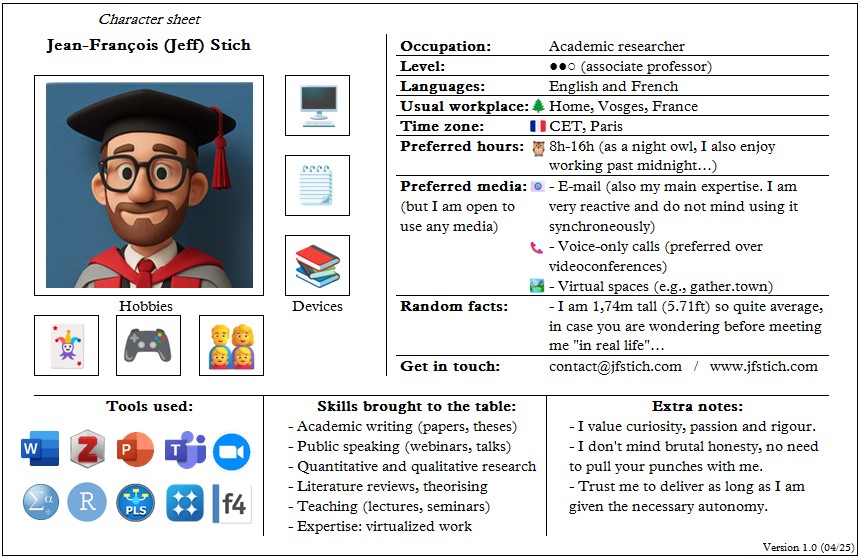Publication: Holiworking: Perspectives on New Ways of Integrating Holiday and Work
My articles are from various angles that might interest different audiences:
Research Publication, Work, Technology, Human Resources, Research
Research Publication, Work, Technology, Human Resources, Research

